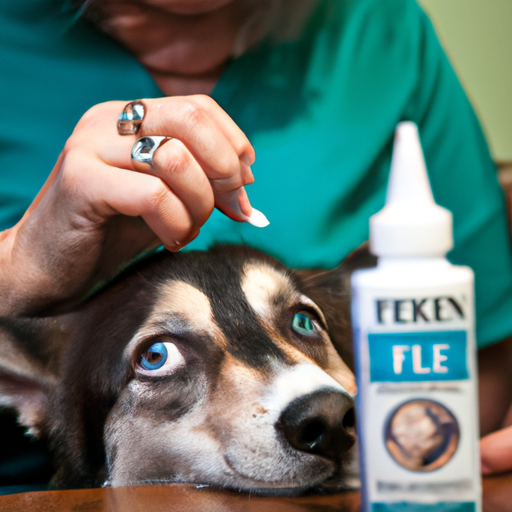As a caregiver for your beloved canine companion, it can be disconcerting to discover a growth on their eyelid. However, keep in mind that not all growths are harmful. Let’s delve into the details, so you can better understand what to do in such situations.
1. Understanding the Growth
Before you take any action, it’s crucial to understand what you’re dealing with. Eyelid growths in dogs can range from harmless cysts to malignant tumors.
- Harmless Growths: These are usually small and don’t cause much discomfort to your dog. They might appear as a pimple or a small bump.
- Malignant Growths: These growths are larger and can cause discomfort or even pain. They might appear red, swollen, or ulcerated.
Here’s a comparative table for your reference:
| Harmless Growths | Malignant Growths |
|---|---|
| Small in size | Larger in size |
| Cause no discomfort | Cause discomfort |
| Appear as a pimple or bump | Appear red, swollen, or ulcerated |
2. Visiting the Vet
If you notice any growth on your dog’s eyelid, your first step should be to consult a vet. They can perform a biopsy to determine the nature of the growth. Your vet will then suggest the best course of action based on the results.
3. Treatment Options
Once the growth has been identified, your vet might suggest one of several treatment options:
- Observation: If the growth is harmless and not causing any discomfort, your vet may suggest simply keeping an eye on it.
- Medication: Some growths can be treated with medication, such as anti-inflammatory drugs or antibiotics.
- Surgery: In more severe cases, surgery may be necessary to remove the growth.
4. Caring for Your Dog Post-Treatment
Your role as a caregiver doesn’t end with treatment. Your dog will need your support during their recovery period. Ensure they’re getting adequate rest, maintaining a healthy diet, and not scratching or irritating the treated area.
5. Preventing Future Growths
While it’s not always possible to prevent growths, maintaining your dog’s overall health can help. Regular vet check-ups, a balanced diet, and prompt attention to any health issues can keep your dog in the best possible shape.
FAQ
Q: Can I remove the growth at home?
A: No, it’s not safe to try and remove a growth at home. Always consult a vet.
Q: Will the growth come back after removal?
A: It depends on the type and severity of the growth. Your vet can provide more specific information.
Q: How can I tell if my dog is in discomfort?
A: Signs can include excessive blinking, rubbing their eye, or changes in behavior.
Remember, when it comes to your dog’s health, always consult a professional. Your care and attention can make all the difference in their life.



